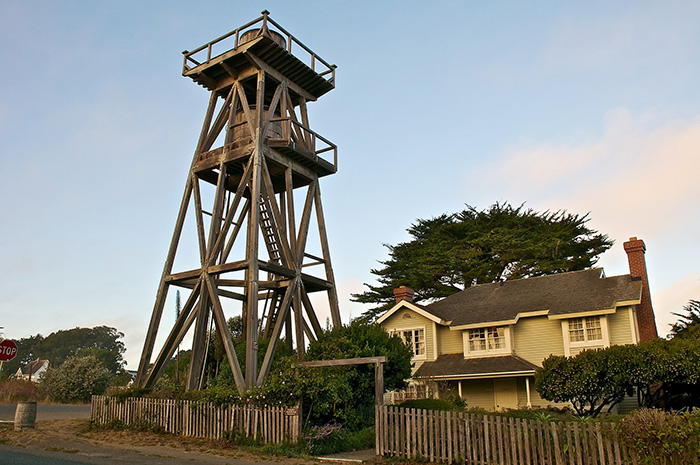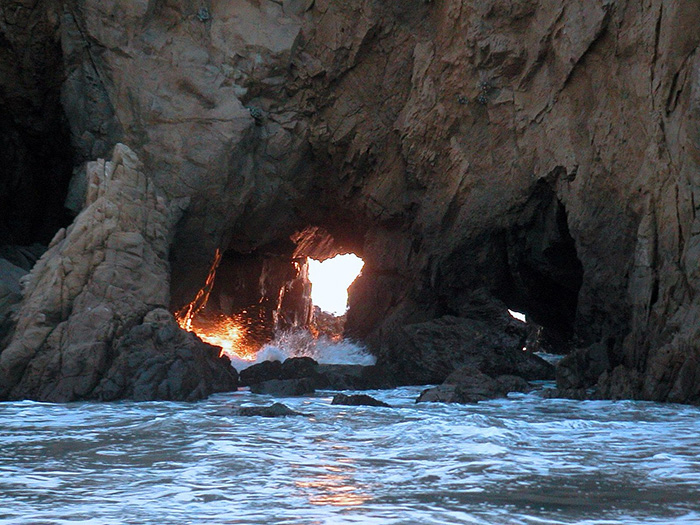D. Z. Church
The Right, Light Place to Write
 I love light. I write at a small secretary desk with a skylight just over my left shoulder. The desk is in the middle of a passageway at the edge of a great room and when I’m lucky my husband drops by and rubs my shoulders on his way to the kitchen for coffee.
I love light. I write at a small secretary desk with a skylight just over my left shoulder. The desk is in the middle of a passageway at the edge of a great room and when I’m lucky my husband drops by and rubs my shoulders on his way to the kitchen for coffee.
I write on a laptop. My essential companion is my ReMarkable2 named Remy. I was one of the first adopters of the crazy thing, a tablet that acts like a pad of paper with endless possibilities and pages. Everyone I’ve ever convinced to buy one, adores it, including Janet. I use it to take plot notes, scribble ideas, and draw maps of locations. When I’m ready, I send a .pdf of my first full draft to it for a read, take notes, even add pages then when done put Remy on a stand and open the Word file on my computer. Yes, I write in Word.
Before the internet got all, well, like the internet, I used books, like actual books, for research. I have shelves of books on Vietnam, Navy Officer protocol, and flying for the Cooper Quartet. Now, I rarely buy print books, though I do download reference books to my Kindle Paperwhite. I Google. While writing Saving Calypso, I spent time Googling non-gas engines, non-friction elements, where those elements are found, and how they are grabbed up and controlled by Big Oil and Smartphone companies. Once I’m done researching, I let it perk before I start, but I love the capability to Google questions as I write, like checking that I’m using a period-correct word or how many bundled sticks it takes to light an iron cook stove.
I use Grammarly, off and on, though lately more off since it has gotten so invasive. I liked it when it just made suggestions, now it attempts to write for you and, to be honest, it ain’t always right. Plus, as authors, we do get some options like incomplete sentences and run-ons when people are speaking. Grammarly hates this. Still, it is great at catching boo-boos and commas.
If I have a pattern, it is sitting in a big old easy chair with my Remy and an idea, developing characters, then noodling my way through who does what, to whom, and why, then researching. At some moment, I’d like to say divine, I start a first draft seated at my desk in my old piano chair at my laptop and write every day until it is done. Some days I write at full tilt, some days less, but I write every day. How much depends on where the sun sits on my shoulders, the demands of the household, and whether I need to get Remy out to noodle some more. But each day, I read what I wrote the day before, make changes, then write the next section.
I wrote one of my books in two weeks, and others took years. In Pay Back, my main character sat in the Honolulu Airport for 18 months until one day he was off to Saigon. I don’t know what kept him in the airport, perhaps I was daunted by the historical accuracy required to write about those last sad days.
If pressed, I would say most books are ready in six months, but generally, I let them sit, then read them one more time before letting them go into the cruel world. It’s like gestating a baby worried people will say it has big, hairy, bubbly nose.
Janet Dawson
Noise, Knees, and Quiet, Please!
 Some writers work in crowded cafes surrounded by people. I am not one of them. Too noisy. Too many people.
Some writers work in crowded cafes surrounded by people. I am not one of them. Too noisy. Too many people.
I need quiet. And solitude. Especially if I’m writing a book. Working my way through the labyrinth of plots, settings, timelines, and characters requires concentration. And then there are my knees.
These days, I frequently write on the sofa, with my laptop on my laptop desk, my legs stretched out on the ottoman. If I’m cold, I can grab a blanket. I’m often accompanied by cats. Bodie likes to stretch out on my left. Rufus anchors the ottoman. Clio tucks herself onto a pillow at my right, when she’s not plopping down on my forearm. That sometimes makes it difficult to type.
I used to write exclusively at my desk, in my office. There are several reasons for my migration to the living room.
Back when I was working a day job, I got up early in the morning, to write before going to work. I was up before my neighbors, which is important because I live in a condominium, with neighbors on either side, and above. Now I’m retired from the day job. My writing time is mid-morning through late afternoon.
Since I’m here during the day, I’ve had trouble adjusting to other peoples’ noise. It’s a distraction—everything from people talking to loud music and traffic noise from the nearby street. And I live near a hospital. Sirens!
The gardening service and those @#$%& gas-powered leaf blowers. The recent roofing project, featuring power tools, a noisy generator and loud thumps overhead.
It seems quieter in the living room. I’m really glad I got those double-paned windows.
The noise isn’t the only reason I’m back and forth between office and living room. In the winter, my office gets cold. Rather than running the portable heater, it’s nice to repair to the sofa with a warm blanket.
Years ago, I was tied to the office, using a big desktop computer with a large monitor. Now I’m using a laptop, so it’s easy to move location. Like D. Z., I have a Remarkable tablet that I can use anywhere, especially while stretched out on the sofa.
About those knees. They hurt for years. Sitting at a desk in a fixed position meant that when I got up, I was stiff and aching. After years of hoping that corticosteroids and gremlins would take care of the problem, I finally had knee replacement surgery last fall. Yep, both at the same time. I’m still a bit stiff when I get up from the chair, though it’s improving. In the living room, I can put my feet up on the ottoman with my legs extended; much more comfortable.
I’m adjusting to the day-to-day noise around here. And when I really get going on a project, all the distraction recedes into the background. So, no noisy cafes for me. I’ll stick with my comfy sofa and a bunch of cats.

Janet Dawson
Don’t Turn Your Back, Especially in Mendocino
We have a new feature that combines travel and mystery. A Place to Die For features a new location for mystery each month. For June, it’s Mendocino, California.
It was in Mendocino that I first saw the sign. It read: Don’t turn your back on the ocean.
That would make a great title, I thought. And I did use it. Don’t Turn Your Back on the Ocean is my fifth Jeri Howard mystery. Which takes place in Monterey, Carmel and down the coast to Big Sur.
The reason you don’t turn your back on the ocean, anywhere along the California coast? Sneaker waves. The Nation Oceanic and Atmospheric Administration (NOAA) loosely defines sneaker waves as waves near shore that are unexpectedly and significantly larger than other waves reaching shore at the time. They will snatch people off the shore.
I’ve been visiting Mendocino for over forty years now. It’s an unincorporated community that sits on a headland on the Northern California coast, where the Big River empties into the ocean. When I stand on the western reaches of that headland, there’s nothing between me and Japan, except the unquiet and always moving Pacific Ocean. Something about the place calls to me.
It was a Pomo Indian settlement for years, then a logging community settled by New Englanders, Portuguese fishermen, and Chinese immigrants. The New Englanders account for the look of much of the town. In fact, the community stood in as Jessica Fletcher’s Cabot Cove in the TV series Murder, She Wrote.
Mendocino went into a slow decline in the 1940s and then was reborn in the late 1950s when the Mendocino Art Center was built. It’s now an artists’ community with a music festival and a favorite travel destination for many, including me. Despite the bed and breakfast inns, excellent restaurants, and art galleries, it’s still quite isolated, even with visitors, especially in the winter months when the fog shrouds the coast and the foghorn at the Point Cabrillo Lighthouse plays its mournful tune.
And a good place to set a mystery, which I did. In A Credible Threat, the sixth Jeri Howard book, my detective follows leads and heads to Mendocino. She later goes north, to the old fishing and lumber town of Fort Bragg, where she encounters a villain at the Mendocino Coast Botanical Gardens.
In addition to that dangerous rugged coast, Mendocino and the surrounding area have sinkholes, also called punchbowls. There’s a big one on the Mendocino headland, where the earth has dropped away and the ocean rushes in at the bottom. So do adventurous kayakers. There’s a fence around this big hole and supposedly a trail down to it.
Not me. Not hiking down that cliff face. Mystery writer that I am, I always look down at that roiling water and expect to see a body. These holes, left by erosion and collapse of the soil and rocks underneath, are also found on the headlands to the north, at Point Cabrillo, and in Russian Gulch State Park.
Yes, Mendocino. Time for another visit. I feel a plot and characters coming on.

